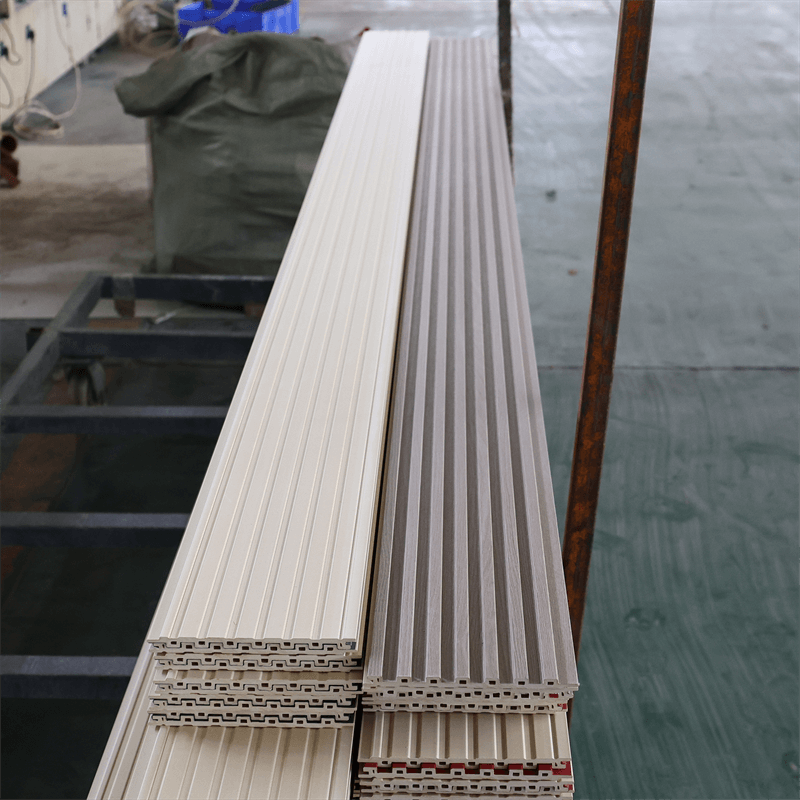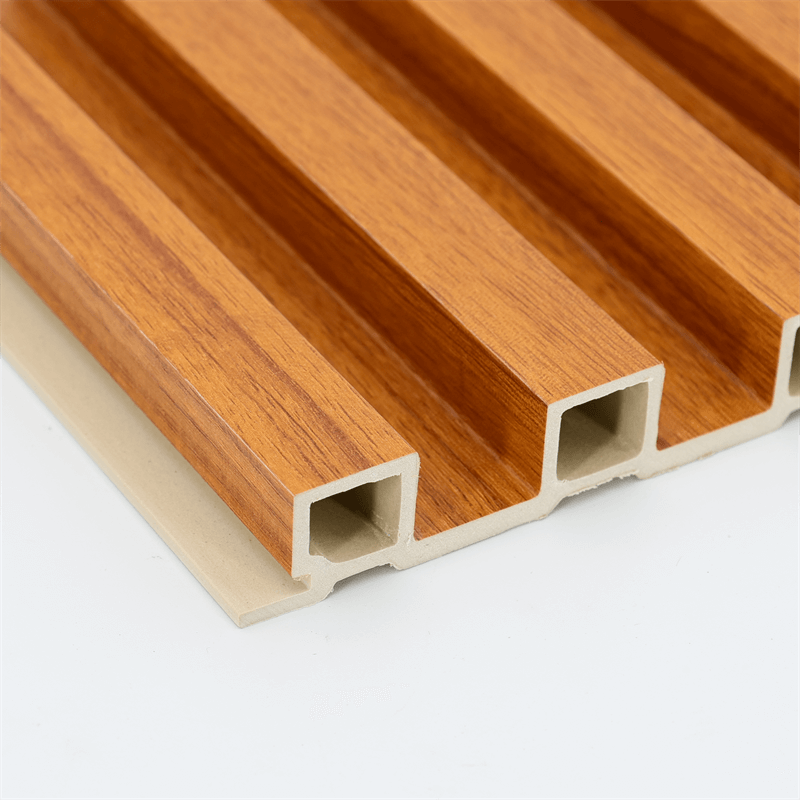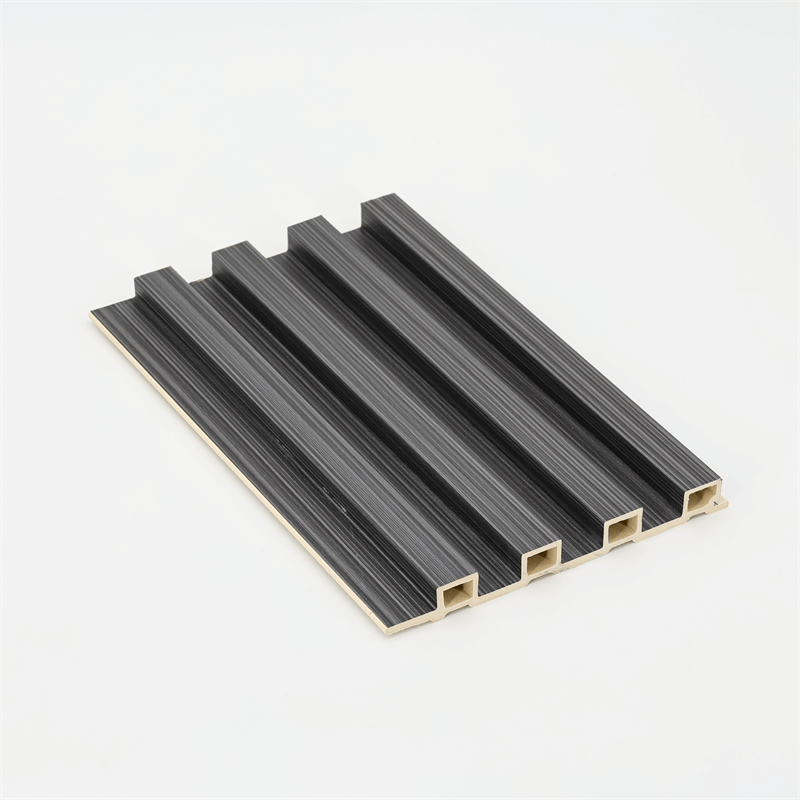In the world of interior design, sustainability has become a key consideration.
Designers and homeowners are increasingly seeking eco-friendly materials that not only enhance aesthetics but also contribute to a healthier planet.
WPC (Wood Plastic Composite) wall panels have gained significant popularity as a sustainable choice for interior design projects.
In this essay, we will explore the benefits of using WPC wall panels, focusing on their eco-friendliness, durability, design versatility, and ease of maintenance.
I. Eco-Friendliness: A Responsible Choice for Sustainable Design
WPC wall panels are an excellent choice for environmentally conscious individuals and designers.
These panels are made from a combination of recycled wood fibers and recycled plastics, reducing the demand for virgin materials and minimizing waste.
By opting for WPC panels, you actively contribute to the preservation of natural resources and the reduction of landfill waste.
Furthermore, the production of WPC wall panels consumes less energy compared to other wall covering materials.
The manufacturing process involves the extrusion of the composite material, which requires less energy than the production of traditional building materials like cement or ceramic tiles.
This energy efficiency reduces the carbon footprint associated with the manufacturing and transportation of WPC panels, making them a sustainable and responsible choice.
WPC wall panels also have a longer lifespan compared to traditional materials.
Their durability and resistance to moisture, rot, and insects ensure that they do not need frequent replacement or repair.
This longevity contributes to waste reduction and extends the lifecycle of the panels, making them a sustainable investment in the long run.
II. Durability: A Long-Lasting Solution
WPC wall panels are known for their exceptional durability.
The combination of wood fibers and thermoplastics results in a material that is resistant to moisture, rot, and insects.
Unlike traditional wood panels that are prone to warping, cracking, and splintering, WPC panels maintain their structural integrity over time.
Additionally, WPC panels exhibit excellent dimensional stability, meaning they are less likely to expand or contract with changes in temperature and humidity.
This attribute makes them suitable for various environments, including areas with high humidity or significant temperature fluctuations.
Whether you live in a coastal region or an area with extreme climate conditions, WPC wall panels will maintain their appearance and performance, making them a durable choice for interior design.
III. Design Versatility: Creating Aesthetic Excellence
WPC wall panels offer a wide range of design options, allowing designers and homeowners to unleash their creativity.
These panels come in various colors, textures, and finishes, providing the look and feel of natural materials such as wood, stone, or brick.
Whether you prefer a modern, minimalist design or a rustic, traditional aesthetic, there is a WPC wall panel design to suit your taste.
Furthermore, WPC panels can be easily customized and shaped to fit any space, including curved walls or unique architectural features.
They can be cut, drilled, and manipulated to achieve the desired size and shape, enabling intricate patterns or unique wall designs.
This flexibility in design empowers individuals to create personalized and visually captivating interiors.
Moreover, WPC wall panels can be combined with other materials like glass, metal, or fabric to create striking visual contrasts or complementary elements.
The versatility of WPC panels allows for endless design possibilities, enabling designers to create unique and aesthetically pleasing spaces that reflect their vision.
IV. Ease of Maintenance: Time and Cost Savings
WPC wall panels are designed to be low-maintenance, saving both time and money for homeowners and designers.
Unlike traditional wall coverings that may require frequent repainting or refinishing, WPC panels retain their color and finish for an extended period.
The interlocking system of WPC wall panels ensures a secure and uniform connection between the panels, resulting in a visually appealing surface.
This eliminates the need for additional adhesives or fasteners, streamlining the installation process and minimizing the potential for errors or delays.
Whether you are a DIY enthusiast or seek professional assistance, the simplicity of installing WPC wall panels saves both time and effort, making them a convenient choice for homeowners and designers alike.
Furthermore, WPC wall panels are lightweight compared to traditional wall materials, which enhances their handling and maneuverability during installation.
The ease of transport and positioning of WPC panels further contributes to an efficient installation process, making them suitable for projects with tight timelines or logistical constraints.

The benefits of using WPC wall panels in interior design are undeniable. These panels offer exceptional durability, ensuring long-lasting beauty and functionality.
The design flexibility of WPC panels empowers individuals to create personalized spaces that reflect their unique tastes and preferences.
Furthermore, the eco-friendliness of WPC panels promotes sustainable and responsible interior design practices, contributing to the preservation of our planet’s resources.
Lastly, the ease of installation makes incorporating WPC wall panels into your interior design projects a seamless and efficient process.
By embracing the numerous advantages of WPC wall panels, you can elevate your spaces and create visually captivating environments that stand the test of time.


